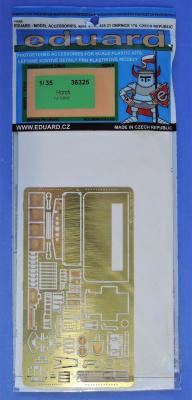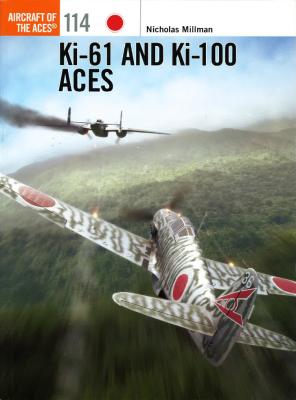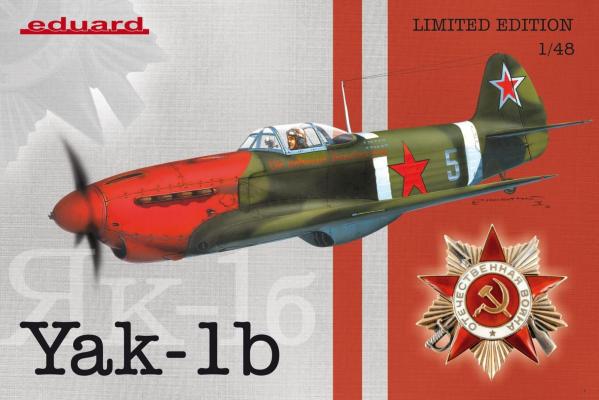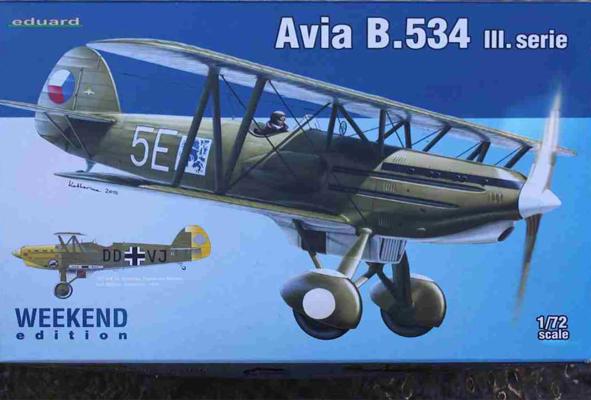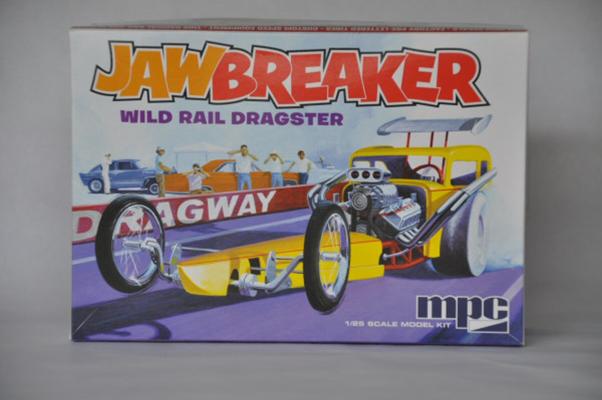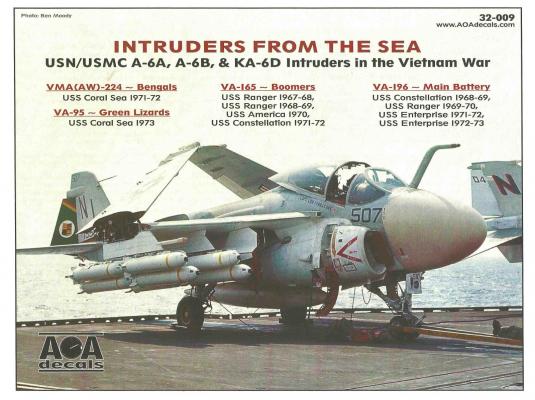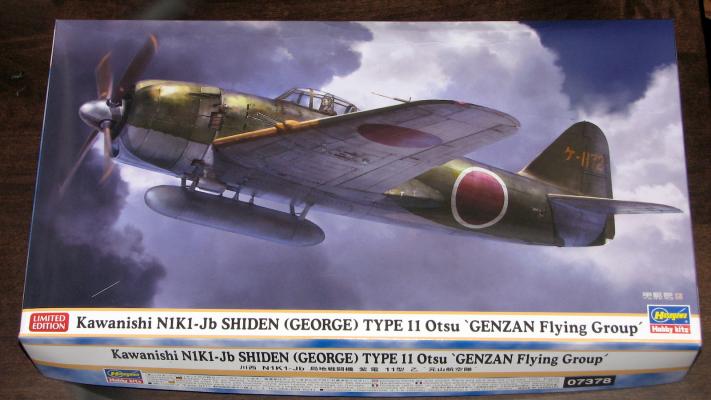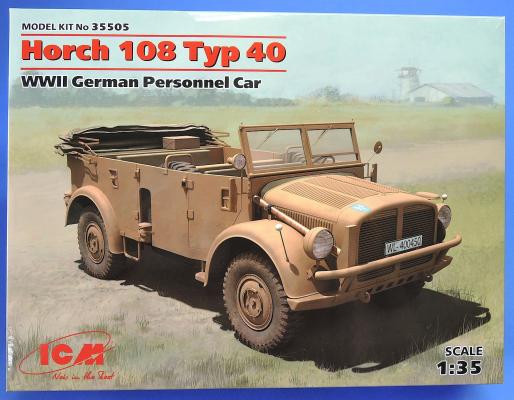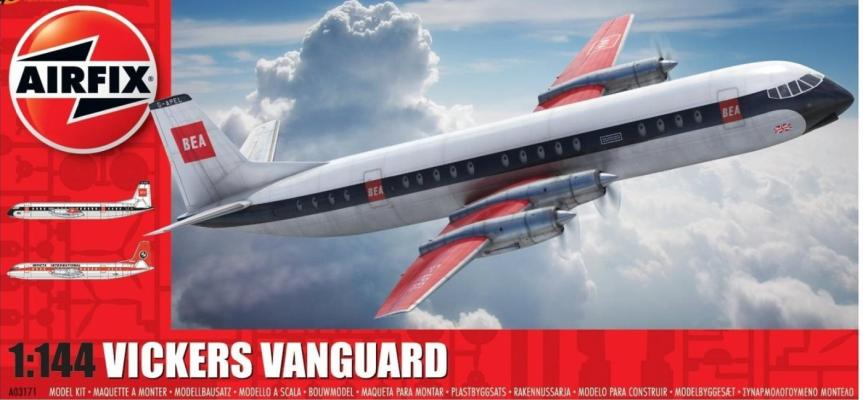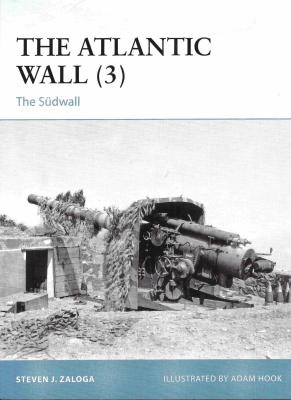Eduard has produced this nice photoetch set to add considerable detail to ICM’s Horch 108 Typ 40 WWII German Personnel Car. The set adds much better detail to the light and equipment mounting brackets on the front fenders, the brackets and plaques on the rear doors, the rifle clamps, and many other miscellaneous details.
What's New
This is at least Nicholas Millman’s third title with Ronnie Olsthoorn illustrating for Osprey Publishing. Aircraft of the Aces 100 – Ki-44 ‘Tojo’ Aces of World War 2 was published in 2011 and Aircraft of the Aces 103 – Ki-27 ‘Nate Aces was published in 2013. Nicholas Millman is one of Britain’s leading researchers of Japanese military aviation. In addition to publishing articles in specialist journals, his own range of reference materials and supporting the research of other authors, he runs a website dedicated to the subject which attracts visitors from 194 countries.
History Brief
The Yakovlev Yak-1 was a single-seat monoplane with a composite structure and wooden wings. It was extremely maneuverable, fast and well armed plus it was reliable and easy to maintain. The Yak-1 was truly the epitome of a World War II Soviet fighter aircraft. The Yak-1b featured a new bubble canopy with lowered rear fuselage, increased armor, ShKAS machine guns replaced with a single 12.7 mm (0.5 in) Berezin UBS, electrical and pneumatic firing of the weapons instead of the mechanical system, new control stick based on the Messerschmitt Bf 109 design, new gunsight, airtight fuselage, retractable tailwheel, improved engine cooling, and a Klimov M-105PF engine with better low-altitude performance. The "b" was an unofficial designation. After October 1942, all Yak-1s were built to this standard. The first flight (aircraft No.3560) took place in June 1942, with aircraft entering production in August. A total of 4,188 were built.
History
The Avia B.534 was developed in 1934 as an extension of the B.34 fighter. This version was produced in small numbers for the Czechoslovak Air Force with several engine/airframe modifications. The aircraft was used in various roles by the Czech in WW2 and the Germans found them formidable enough that they kept production going into 1941. But rapid advancements in aircraft design meant that the Avia B.534 was obsolete by 1942. The Bulgarians used the Avia B.534 in combat against the B24 Liberators operations against Ploesti.
Kit
The kit is produced by Eduard, a well-known model company who bring us high quality model kits and accessories. The box artwork shows an Avia B.534 in flight in a quarter view.
The Jawbreaker Dragster is a Round 2 Models reissue of the old MPC kit. Round2models has recently purchased the rights to a number of old favorite models from the past. Names like MPC, AMT, Hawk, Lindburg, and Polar Lights all live again under this banner. All are friendly reminders of days past, and all share in a certain level of nostalgia. How many times have I said “Gee, I’d love to build that kit again.” Thanks to Round2Models, it’s now possible to build some of these classic kits once again.
The Jawbreaker Dragster is one of those kits. Originally produced by powerhouse MPC back in the day, this kit is a front engine slingshot dragster with a coupe body on the rear. A wing mounted on the roll bar and body work covering the front frame comes from a time when breaking the 200 mile per hour barrier on the dragstrip was considered a major milestone.
About the Company
AOA is a new decal company and they are purpose driven. AOA’s goal was to fill the gap of a lack of decals for Marine aircraft on the aftermarket scene and boy what a way to make an entrance by continuing to go the distance on the 1/32 Trumpeter A-6 model. For those of you looking for Marine markings in all 3 scales they should be added to your list.
What’s on the Sheet?
This particular set is extremely large and I can tell you that you will have a lot of spares for future projects. Spread over four large sheet are 16 aircraft schemes covering 4 USN/USMC aircraft from the Vietnam War covering the years of 1967-1973.
The aircraft covered are as followed:
Hasegawa continues to add to their excellent WWII Japanese line with a re-boxing of the Mid-Wing “George”. This limited edition kit (#07378) of the Kawanishi N1K1-Jb Shiden Type 11 Otsu “GENZAN Flying Group” is only the second boxing of the George which allows the builder to do the later variant (Jb) of the aircraft with twin cannons housed in each wing. Earlier Ja versions had the second cannon housed in an underwing tub slung under each wing.
This is a new, very nice kit from ICM. The parts have very good detail, go together will, and end up with a highly detailed model. Care must be used due to small parts, so the kit may be difficult for beginners.
The kit comes with all the parts in one plastic bag. The five vinyl tires are separately bagged, as are the clear plastic sprue parts. The bulk of the kit is on six dark yellow sprues. The parts have extremely good detail and there are many finely cast pieces. There are lots of small pieces and the kit includes 211 parts overall. The front grill is particularly well cast with openings between the individual grill slats. There is no flash apparent on the parts and mold seams are minimal. The detail on the parts is incredible and this should make for a highly detailed model. The plastic is quite soft so care will need to be taken to avoid gouging the plastic when cleaning up the parts.
Airfix originally released this kit back in 1962 and I remember building this as a kid. The re-releases has a new box and Decal sheet but the model its self is un-changed from the kit 50 years ago. Some will find the kit un-refined by today’s standards but to many it’s a classic and should be considered as one.
In the box is:
- 4 sprues molded in light grey
- 1 clear sprue
- 4 Wing halves
- 1 decal sheet
- 1 instruction booklet
The sprues molded in the customary slightly soft grey plastic, the panel lines are raised and all the details are basic. There is some flash but not too much considering the age of the kit. There is no interior to the aircraft but that is the norm for this age of kit and at this scale does not distract from the kit. The clear windows are thick and have a lot of sink marks and I decided to use Crystal Clear on the build rather than use them.
Osprey is a publishing house in the United Kingdom that should be a household name to the swarms of us. Osprey continues to expand their Fortress series with the 109th book in this installment. The Fortress Series examine the fortifications and defense structures of opposing forces. In this case the Atlantic wall which at the time was the most fortified defense in Europe. This “wall” proved successful in forcing the allied forces to find an alternate route after several scuffles forced them back.
For the Fortress series, the chapters are organized as follows:

